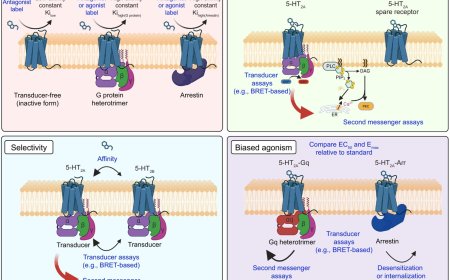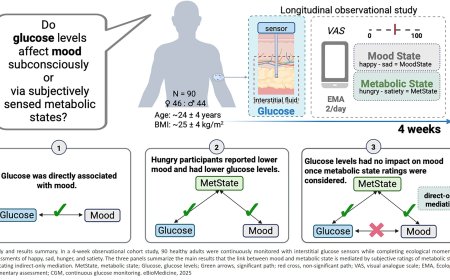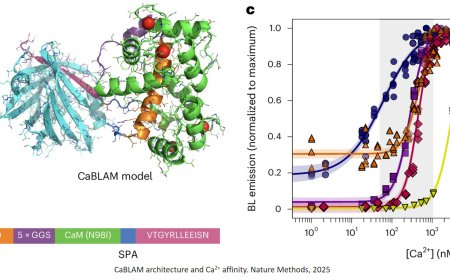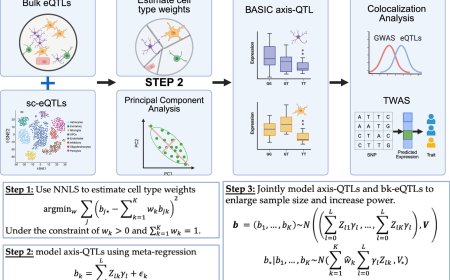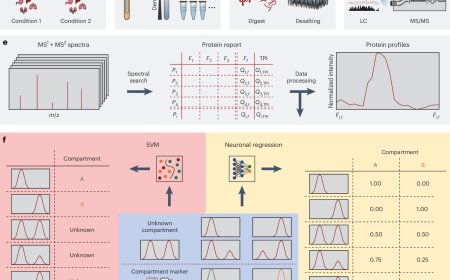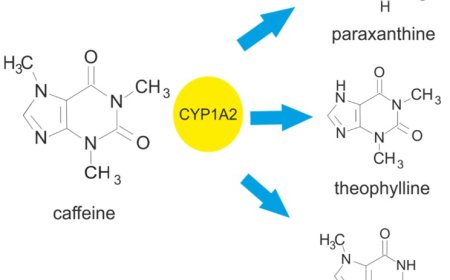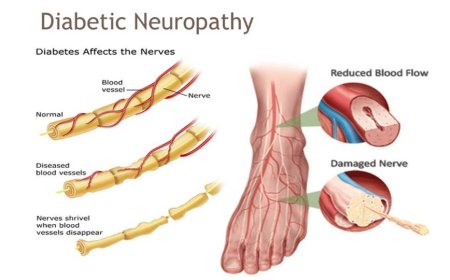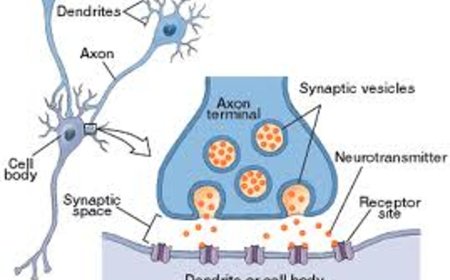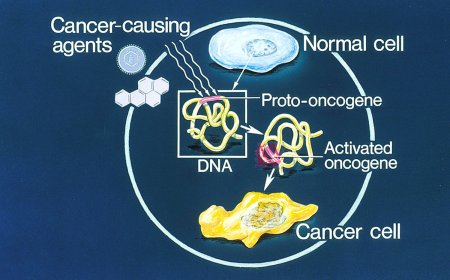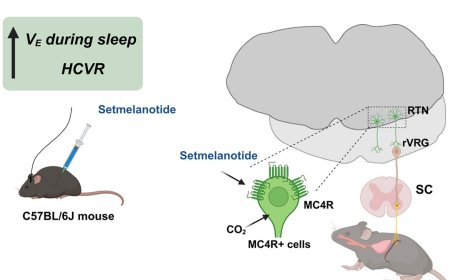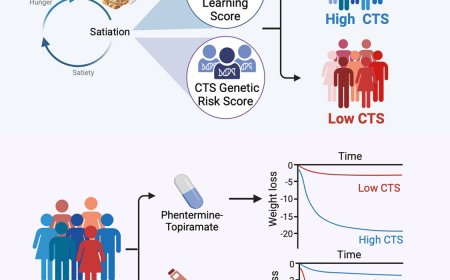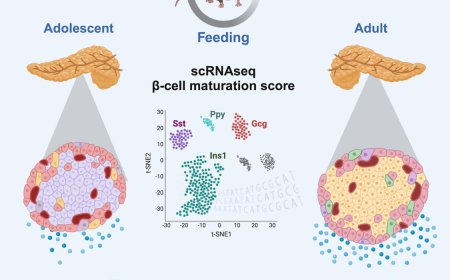A light-sensitive brain protein, opsin 3, also regulates food consumption
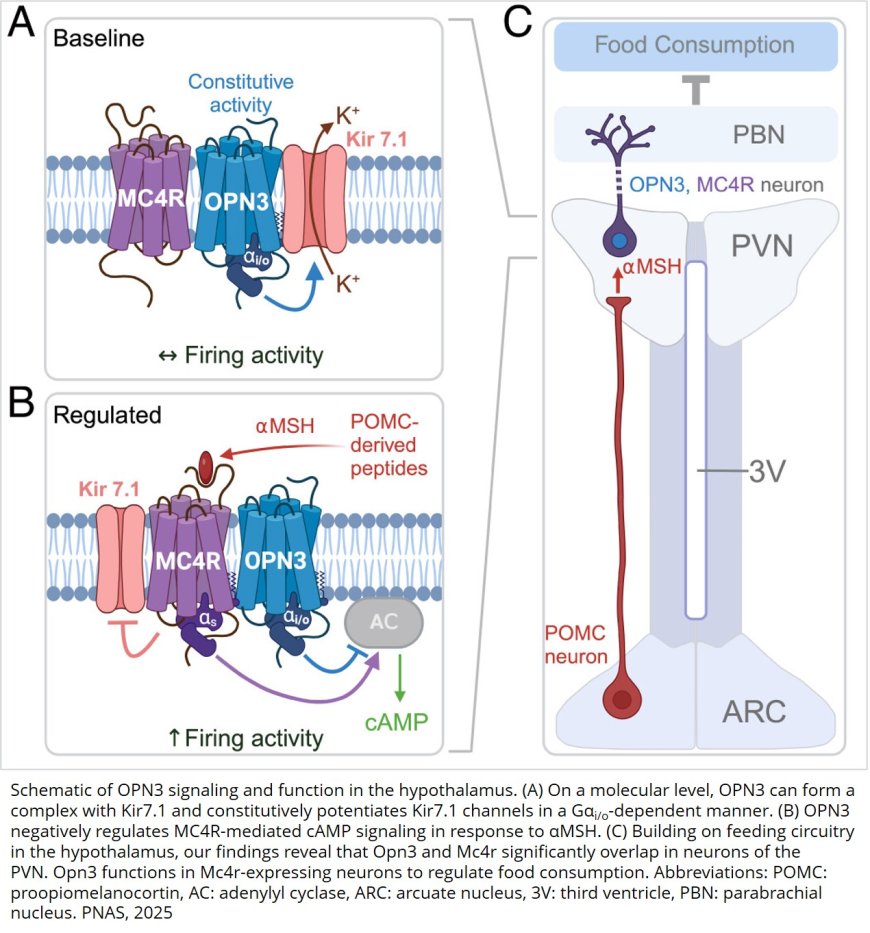
Scientists discovered years ago that the hypothalamus — which helps to manage body temperature, hunger, sex drive, sleep and more — includes neurons that express the protein opsin 3 (OPN3). Far less clear, however, was what this light-sensing protein does so deep inside the brain.
A study published in PNAS suggests that OPN3 plays an important role in regulating food consumption.
“Our results uncover a mechanism by which the nonvisual opsin receptor OPN3 modulates food intake via the melanocortin 4 receptor MC4R, which is crucial for regulating energy balance and feeding behavior,” said the senior author. “This finding is interesting because loss-of-function mutations in MC4R are a known genetic cause of obesity in humans.”
The research team reported that OPN3 functions together with MC4R and the Kir7.1 potassium channel to regulate certain cell signals as well as neuronal firing in a key area that controls energy balance.
Under baseline conditions, OPN3 via Gαi/o potentiates the activity of the inward rectifying Kir7.1 channel, previously shown to be closed in response to agonist-mediated activation of MC4R in a Gαs-independent manner. In mice, the authors found that Opn3 in Mc4r-expressing neurons regulates food consumption.
Notably, when mice were engineered to lack OPN3 in this part of the hypothalamus, they ate significantly less and were less active than control mice.
“We're very excited to have, for the first time, a cellular mechanism of what OPN3 is doing in the brain,” the author said.
Opsin 3 has been the focus of research in the lab for almost a decade, and the team has discovered that it is present in melanocytes, where it functions in pigmentation, and has developed a mouse model to identify the specific brain regions where this protein is expressed. Researchers in the lab have also been studying OPN3 in fat tissue and in the brain, primarily using mouse genetics tools.
While their findings add an important insight into the function of OPN3, the researchers said more study is necessary to address whether the mechanism also performs in similar ways in the human brain.
“While we identified the mechanism and function of OPN3 in this region of the hypothalamus, how this receptor works in other areas of the brain remains elusive,” the author said. “There must be a common paradigm for OPN3 function in different areas, and we're still looking for that.”
Moreover, “the current analysis does not resolve the question of whether OPN3 can function as a light sensor in the mouse brain,” the author said. “That remains to be addressed in future studies.”
The regulation of eating behavior and body weight is extremely complex, the author said.
“Figuring out how to address these complex issues requires a broader understanding of the cellular processes involved,” the author said.
https://www.pnas.org/doi/10.1073/pnas.2403891122
https://sciencemission.com/opsin-3--promotes-food-consumption


